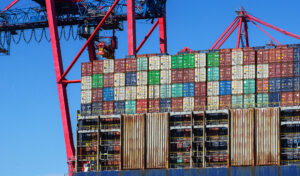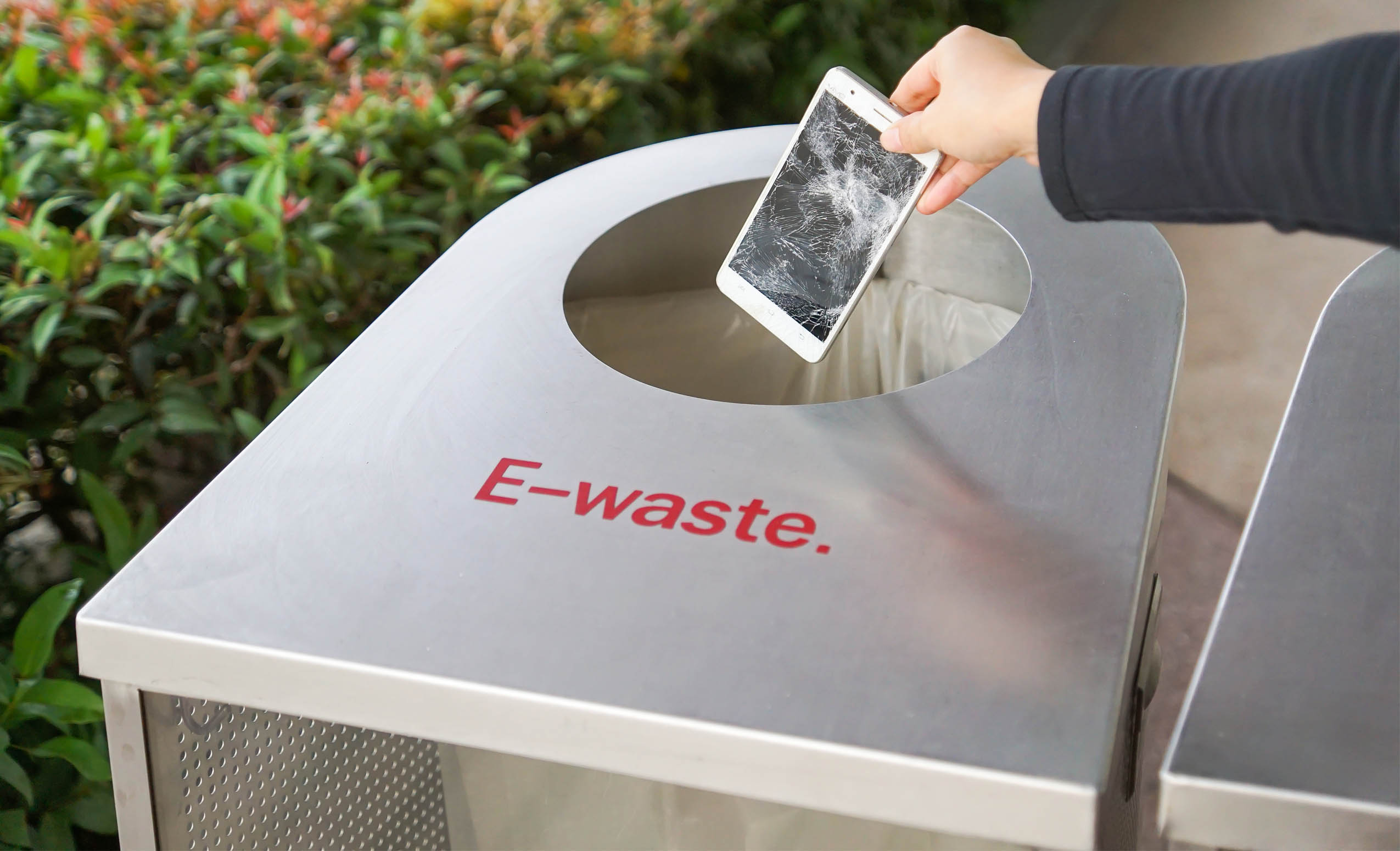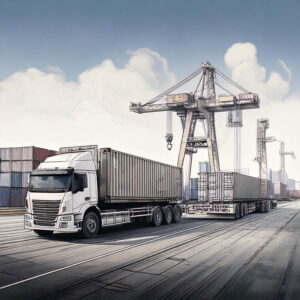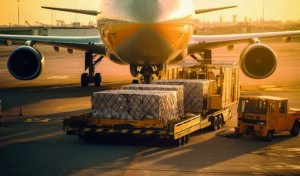
Cargo Integrity Group publishes list of cargoes of concern that can compromise supply chain safety
A few days ago, the Cargo Integrity Group, an initiative of the International Cargo Handling Coordination Association – ICHCA, published a list of 15 “cargoes of concern” that are normally transported in containers and whose hazardous nature is not always so obvious, such as the potential danger of lithium-ion batteries. For example, the list contains important information on the flammable properties of seed cakes or the dangers associated with cocoa butter or vegetable oils.






 Of course, the first goal is always to avoid waste: the less scrap we produce, the less we have to worry about reducing our waste. The more durable our goods are, the less waste we produce. This is a major task for society as a whole.
Of course, the first goal is always to avoid waste: the less scrap we produce, the less we have to worry about reducing our waste. The more durable our goods are, the less waste we produce. This is a major task for society as a whole. 
